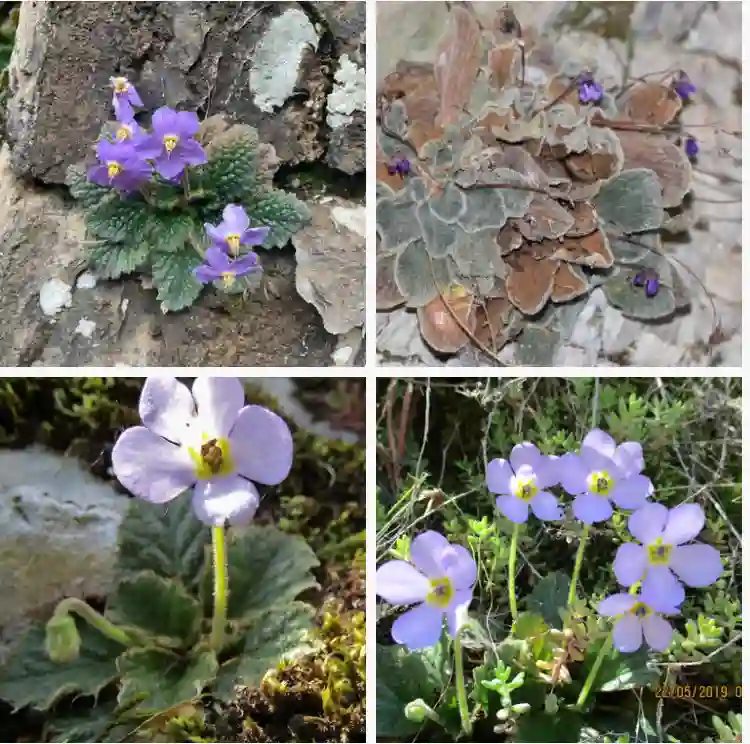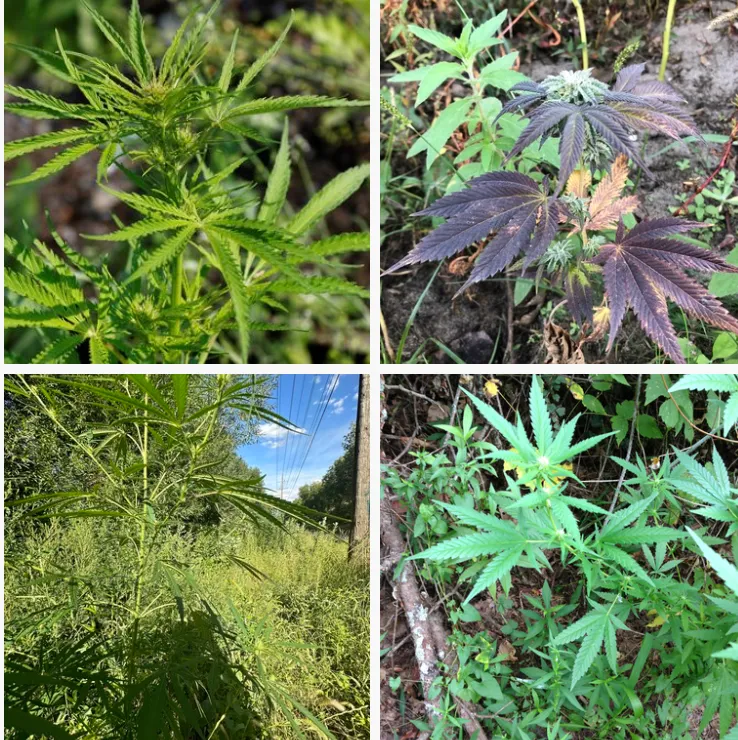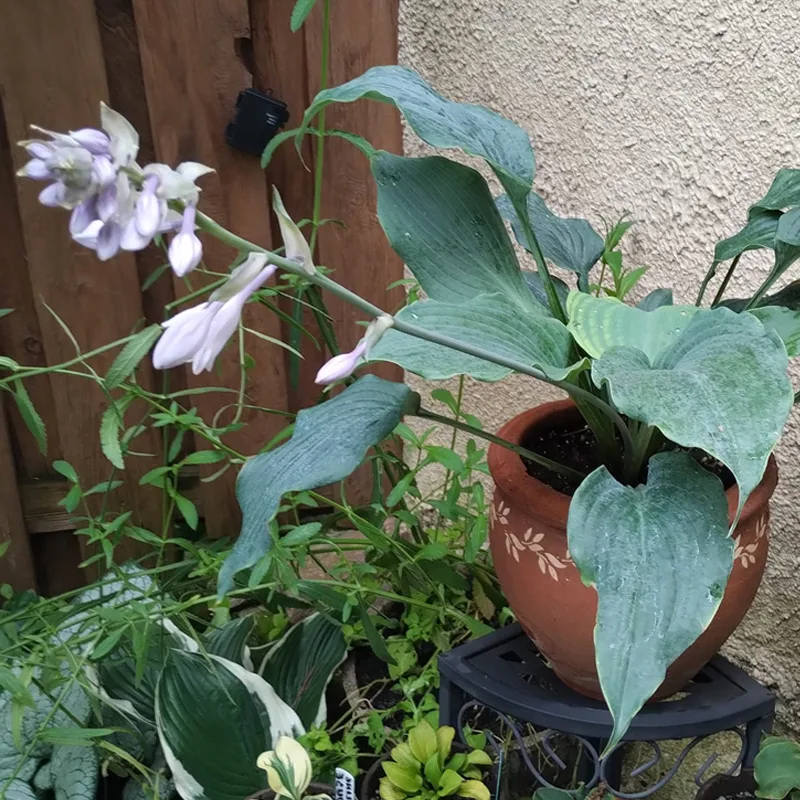FAQs About Clematis Smilacifolia: Everything You Need to Know
Clematis Smilacifolia is a stunning, lesser-known variety of clematis that has captured my heart. With its lush foliage and striking blooms, it’s a favorite in many gardens. If you’re considering adding this plant to your collection or just want to know more about it, here’s a detailed FAQ guide based on my personal experiences.
391 Species in Genus Clematis
What is Clematis Smilacifolia?
Clematis Smilacifolia, commonly known as the Clematis Vine, is a deciduous climber native to parts of Asia. It’s renowned for its vigorous growth and attractive, heart-shaped leaves. Unlike other clematis varieties, Clematis Smilacifolia features unique white or pale pink flowers that appear in clusters, giving a delicate and elegant touch to any garden.
How to Care for Clematis Smilacifolia?
Caring for Clematis Smilacifolia is relatively straightforward. Here are some essential tips I’ve picked up along the way:
- Sunlight: Clematis Smilacifolia thrives in full sun to partial shade. It needs at least 4-6 hours of direct sunlight each day to produce abundant blooms. I’ve found that a spot with morning sun and afternoon shade works best.
- Soil: This clematis prefers well-drained, fertile soil. Incorporate plenty of organic matter, such as compost or well-rotted manure, to ensure the soil remains rich and moist. I’ve noticed it does particularly well in slightly acidic to neutral soil.
- Watering: Keep the soil consistently moist, especially during the growing season. Avoid overhead watering to prevent fungal diseases. Drip irrigation or soaker hoses are great for keeping the soil evenly moist without soaking the foliage.
- Pruning: Clematis Smilacifolia flowers on new growth, so pruning in late winter or early spring is essential. Cut back the previous year’s growth to about 6-12 inches from the ground. This encourages fresh, vigorous growth and a profusion of flowers.
- Fertilizing: Feed the plant with a balanced, slow-release fertilizer in early spring. I use a general-purpose garden fertilizer or one specifically formulated for clematis. Avoid high-nitrogen fertilizers as they promote leaf growth over blooms.
How to Propagate Clematis Smilacifolia?
Propagating Clematis Smilacifolia can be done through various methods:
- Seed: Collect seeds from mature flowers in late summer or early fall. Sow them in a cold frame or nursery bed in early spring. Germination may take a few weeks to several months, so patience is key.
- Cuttings: Take softwood cuttings in late spring or early summer. Use a sharp knife to take 4-6 inch cuttings from healthy, non-flowering stems. Dip the cut ends in rooting hormone and plant them in a mixture of peat and perlite. Keep them in a warm, humid environment until roots develop.
- Division: In early spring or late fall, divide established plants by carefully separating the root ball into smaller sections. Each section should have a good root system and a few shoots. Replant them immediately.
What to Plant With Clematis Smilacifolia?
Clematis Smilacifolia pairs beautifully with various plants, adding depth and interest to your garden:
- Roses: The contrast between the delicate clematis flowers and the bold roses creates a stunning visual effect. I’ve had great success growing them together on trellises.
- Wisteria: Both plants are vigorous climbers and can complement each other well. Just ensure that they have enough space to grow without competing too much.
- Hostas: The large, leafy hostas provide a nice backdrop for the clematis, and their shade tolerance is perfect for the areas where Clematis Smilacifolia might need a bit of protection from the sun.
- Fern: Adding ferns around the base of Clematis Smilacifolia can help keep the soil moist and provide a lush, green base for the vine to climb.
Benefits of Clematis Smilacifolia
Clematis Smilacifolia offers several benefits:
- Aesthetic Appeal: Its elegant flowers and heart-shaped leaves add beauty and sophistication to any garden or trellis.
- Vigorous Growth: This variety is known for its fast growth and ability to quickly cover structures like arbors and fences.
- Low Maintenance: Once established, Clematis Smilacifolia requires minimal care compared to other flowering vines.
Is Clematis Smilacifolia Toxic?
Clematis Smilacifolia is not known to be highly toxic to humans or pets. However, it’s always a good practice to prevent pets from nibbling on plants, as some individuals might have mild gastrointestinal upset if consumed in large quantities.
Common Problems and Solutions
Like any plant, Clematis Smilacifolia can encounter some issues:
- Powdery Mildew: This fungal disease appears as a white powdery substance on the leaves. Improve air circulation around the plant and avoid overhead watering to prevent it.
- Pests: Watch out for aphids and spider mites, which can damage the foliage. Insecticidal soap or neem oil can help manage these pests.
- Wilting: If the plant wilts, it may be a sign of either overwatering or underwatering. Check the soil moisture and adjust watering practices accordingly.
How Does Clematis Smilacifolia Compare to Other Clematis Varieties?
Compared to more common varieties like Clematis Jackmanii or Clematis Nelly Moser, Clematis Smilacifolia stands out due to its unique foliage and delicate flower clusters. While Clematis Jackmanii is known for its large, showy flowers and Clematis Nelly Moser for its striking bicolor blooms, Clematis Smilacifolia offers a more subtle, refined beauty. It’s an excellent choice if you’re looking for something less mainstream and with a different aesthetic appeal.
In summary, Clematis Smilacifolia is a beautiful and rewarding plant to grow. With proper care and attention, it can be a standout feature in your garden, providing elegance and charm throughout the growing season.
If i die, water my plants!



